Tiffany & Co. officially entered the Chinese mainland market in 2001, but it didn’t open its own store until 2007. At present, China has become the second largest market for the Tiffany brand after the United States. In 2020, Tiffany’s quarterly report showed that although China’s sales fell 85% year-on-year in January due to the covid pandemic, they have gradually recovered since March, achieving a year-on-year growth of about 30% in April and up to 90% year-on-year growth in May as the Chinese economy rebounds.
In recent years, Tiffany & Co. in China has been focusing on the young generation needs, diversifying its product portfolio and marketing methods, and launching a series of marketing activities to enhance the store and online experience. This article looks at the most successful marketing strategies of Tiffany & Co. in China.
Targeting millennials in the Chinese market
The unique consumer preferences and digital behavior of Chinese millennials are driving new changes in the relationship between luxury brands and consumers. When millennials became the main consumer group, luxury brands were asking themselves: How to optimize brand strategy, communicate efficiently with this main consumer group, and build an emotional connection?
Tiffany’s current CEO and luxury industry expert Alessandro Bogliolo has been determined to reform since taking office and gradually promoted the vision of “becoming a new generation of luxury jewelry brand”. Under the co-led by Alessandro Bogliolo and his partner, Tiffany Chief Art Officer Reed Krakoff, Tiffany began to interpret the brand spirit in a new way, with more modern, three-dimensional and diversified product innovation, channel expansion and brand marketing. For example, Tiffany launched the T series jewelry, wide-shaped buckle open bracelets, T-shaped link bracelets, necklaces and pendants of the same length, that can match together to show different styles and personalities.
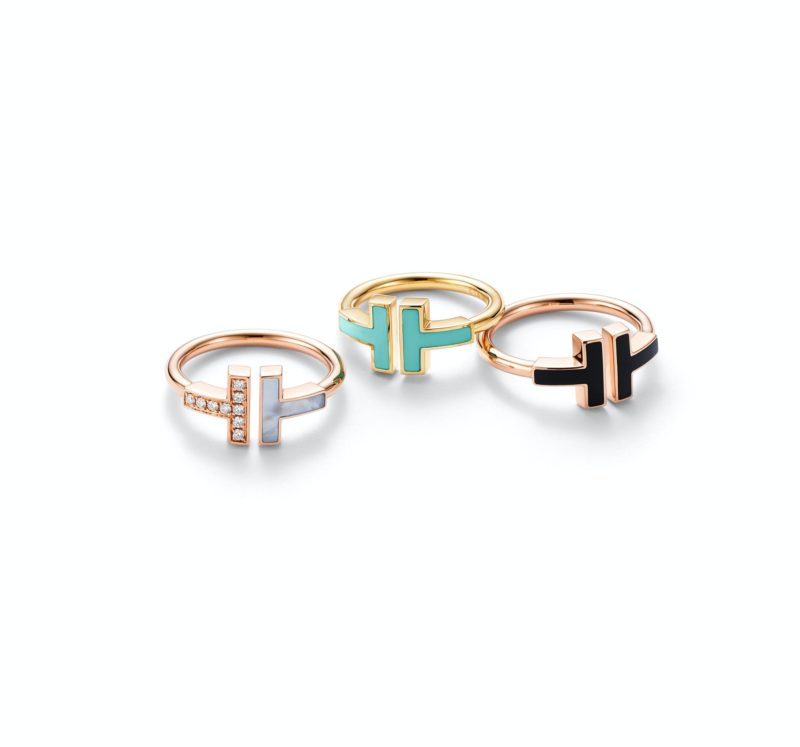
Strategy #1: Tiffany & Co. in China creates special shopping experiences in its offline stores
From the opening of the world’s first Style Studio new retail concept store in London to the large-scale renovation of the most recognizable Fifth Avenue flagship store in New York, Tiffany is steadily opening new stores while renovating existing ones to continuously upgrade the shopping experience. Tiffany & Co. in China already has more than 30 stores, basically covering all first-tier cities and most second-tier cities, and is continuing to expand into more second-tier and even third-tier cities.
In July 2018, Tiffany has opened a limited wedding store in Hong Kong, and started providing “My Tiffany” personalized diamond ring customization service in the store. Consumers can choose diamonds, inlay method, metal, and personal information engraving service, and even Tiffany’s signature Blue Box can be customized.

Currently, Tiffany is upgrading its Shanghai store in Hong Kong Plaza and it will reopen in December 2021, becoming Tiffany’s largest outside of New York. Also, Tiffany & Co plans to upgrade the global flagship store and its store on Beijing Road.
Strategy #2: Tiffany & Co. in China invites KOLs for promotion
Tiffany & Co. in China tries to catch the young generation’s attention and invited 小鲜肉 (lit. “Little Fresh Meat”) KOLs. It is an internet buzz word in China used to describe handsome young males. Namely, Tiffany announced on June 3 that Yi Yanqianxi will be Tiffany’s spokesperson. Another young actor Liu Haoran demonstrated the stacking effect of key pendants in WeChat Moments. In less than 6 days, all 200 “520” special necklaces priced at 18,750 yuan were sold out.

In 2018, Tiffany invited Elle Fanning, a new-generation American idol, to serve as a spokesperson to shoot a brand-new promotional video, which appeared on all brand’s social media, including advertising in WeChat Moments.
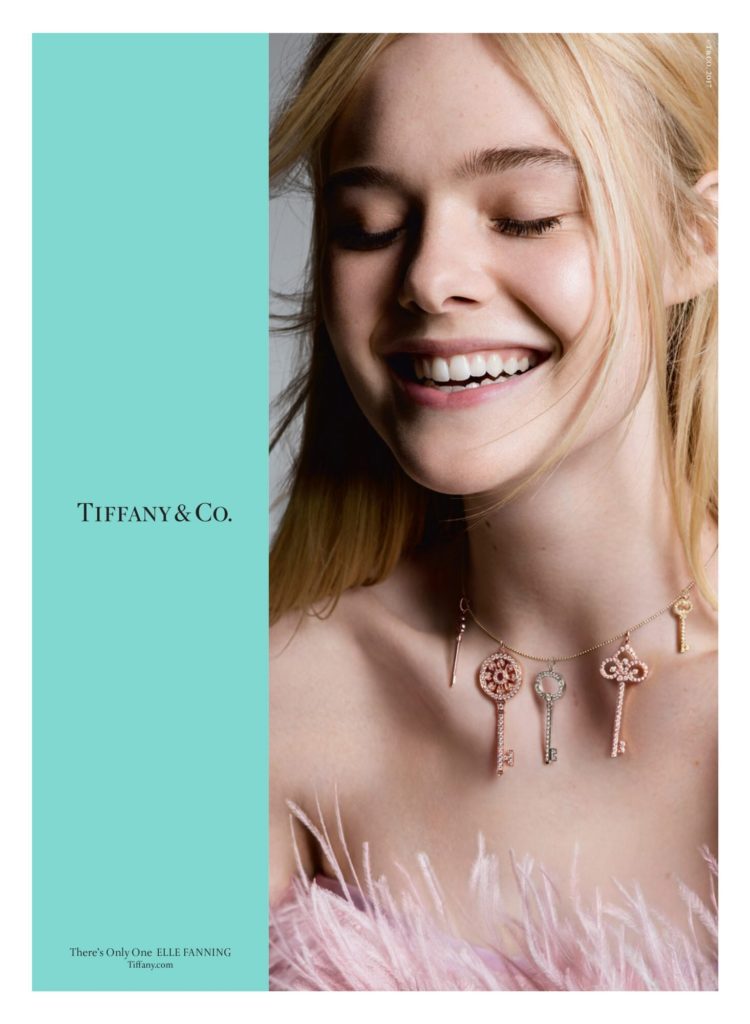
In this advertisement, Tiffany presents a fantasy world to the viewer. From black-and-white film images to the blue streets of New York, Tiffany broadened the extension of “love and dreams” with creative content ideas, and expressed the brand’s expectations-to give dream chasers courage and let their dreams bloom. Tiffany’s official account gained many new followers through this advertisement, laying a foundation for the brand to accumulate fans.
WeChat helped tapping into Elle Fanning‘s fan base to expand potential customers; at the same time, with the help of LBS targeting technology, WeChat advertising can also help Tiffany stores find nearby matching users and attract high-end potential customers to the brand stores.
Strategy #3: Tiffany & Co. in China focusing on WeChat ads
Due to the popularity of Internet shopping, in the Chinese market, brands choose to test online platforms. In January 2018, Tiffany opened its first online store on WeChat, which opened its online sales in the Chinese market in the form of a “pop-up store“. However, the brand tapped this platform one year earlier with the Qixi ad. During the Qixi Festival of 2017, with “a touch of blue, witness the beautiful moment of love” as slogan, Tiffany launched the brand’s first WeChat Moments ad, officially opening the road of social media marketing in China.
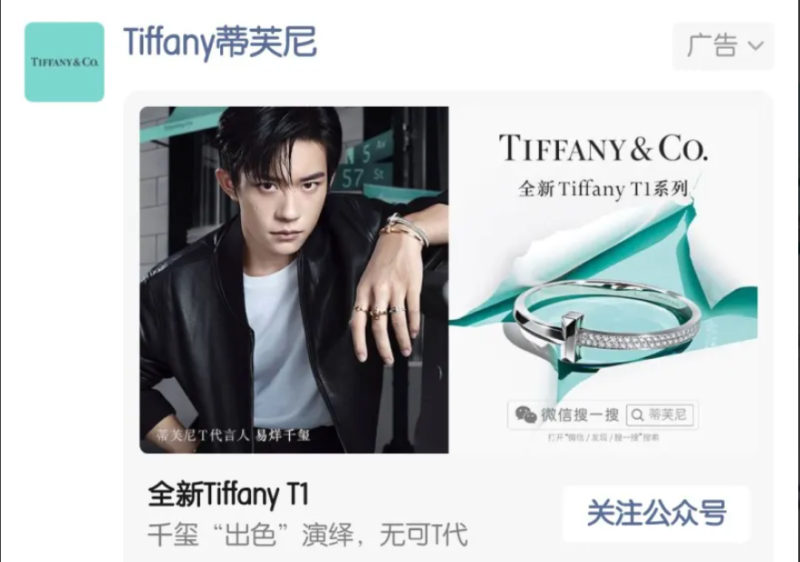
Since 2018, whether it is holiday marketing, new product promotion, or brand blockbuster releases, Tiffany has chosen to use WeChat as an important communication platform to build a social bridge with users, and has received more feedback than expected.
With the help of WeChat’s data capabilities, brands can deeply tap potential customers from multiple levels. In addition to the common high-end jewelry consumer groups, WeChat also helps Tiffany quickly find other potential customer groups based on the representative characteristics of typical users.
Strategy #4: Launching special luxury products in China
After opening the Blue Box Cafe, the brand has become a hot topic due to the spreading effect of WeChat and Weibo. Tiffany’s WeChat Index also rose to 78.5% and 245% month-on-month two days after the creation of the cafe.
Tiffany & Co., which is good at creating beautiful things with exquisite craftsmanship, has gradually extended its product line to bring “daily luxury” to a new generation of consumers. Thousand-yuan bubble blowing toys and ten-thousand-yuan paper clips have been launched one after another, making the “Everyday Objects” daily series generate heated discussions on social media around the world.
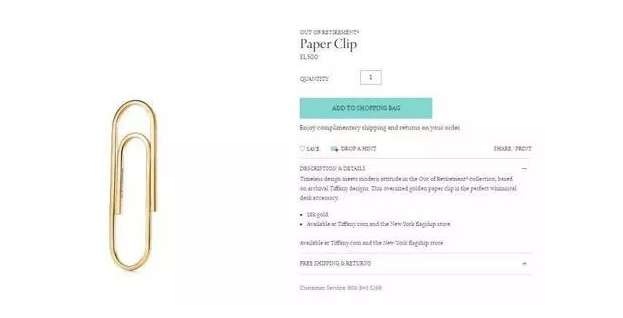
The main focus of heated discussions was on one of the series of 18K gold pins priced up to 1,500 US dollars. Focusing on the high price of a pin, many consumers discussed the significance of the brand’s launch of the product on the WeChat public account and Zhihu. Some analysts believe that the purpose of launching luxury goods such as pins is not to sell, but to shape the brand image. High-priced pins can build a luxury dream for consumers.
Strategy #5: Opening pop-up stores in China
In the Chinese market, Tiffany chose the form of “time-limited store” to test online sales before opening their official e-commerce channel. The intention is to collect relevant data through an efficient path to accurately obtain user portraits in the Chinese market and serve as a brand.
In January 2018, Tiffany opened a limited-time boutique on WeChat, selling an exclusive limited edition Open Heart 18K rose gold necklace in China. This is Tiffany’s first attempt of a limited-time online store.
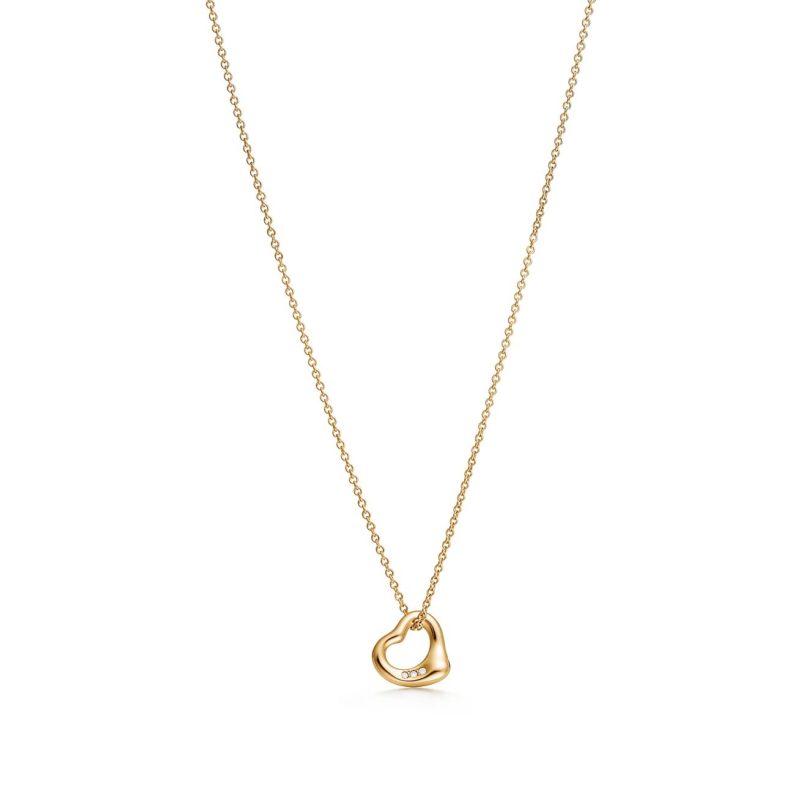
In 2021 on Valentine’s Day, Tiffany once again launched a limited-time boutique, selling Modern Keys recommended models. It is worth mentioning that this time Tiffany opened the boutique in a small program where users could jump directly to the boutique from the Moments ads. The conversion chain became much shorter, and sales conversion has also increased significantly. The limited edition of 200 necklaces sold out within 6 days.
Strategy #6: Tiffany & Co. creates Valentine’s Day ads
In every love-related festival, Tiffany & Co. has always been known as the “love advocate”, exploring new bold and innovative ways to advertise on social media.
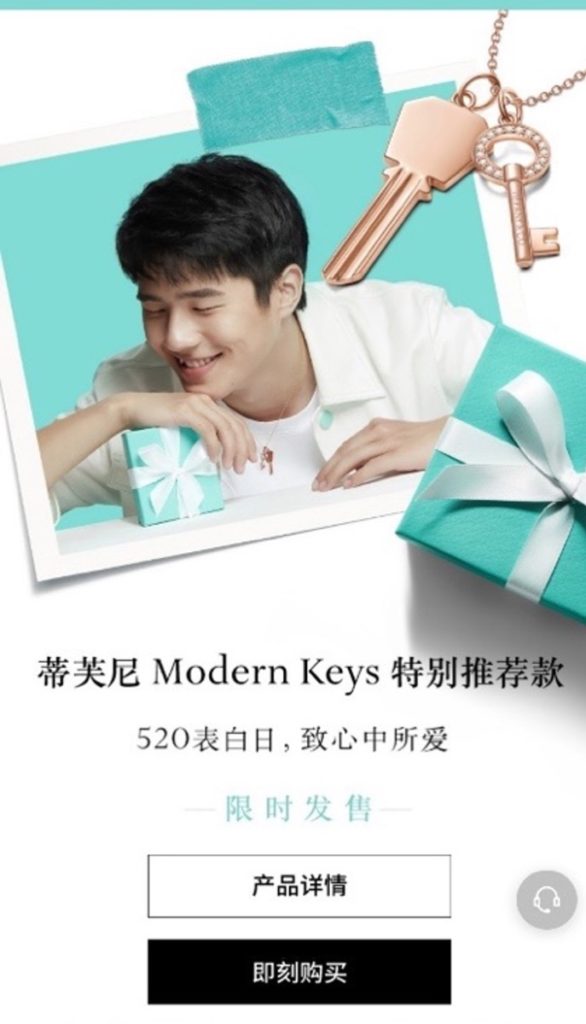
Celebrating “520” – Chinese Valentine’s Day – in 2019, Tiffany started a “520 Love Journey” through creative animation, guiding users to invite their companions to participate in the form of a two-player interactive game. In the game, classic products were integrated into the story of the scene. The boy and the girl began to meet in front of the Tiffany flagship store and experienced a relaxing and romantic love journey together. After this advertisement, it received “likes” rate that exceeded the industry average by 30 times.
Key takeaways about Tiffany & Co.’s marketing strategy in China
- Tiffany’s omni-channel strategy is not focusing on the in-depth promotion from offline to online at the sales channel level, but also covers the seamless connection of consumer insight and reach, brand social marketing and other levels.
- Tiffany & Co. is targeting millennials in China through special products and KOLs advertising.
- The brand chose WeChat as the main source for its e-commerce strategy, as it helps to implement LBS targeting technology.
- Timing their digital marketing campaigns with specific events like the Chinese Valentine’s Day, Tiffany & Co. was able to grow their brand image in China.





